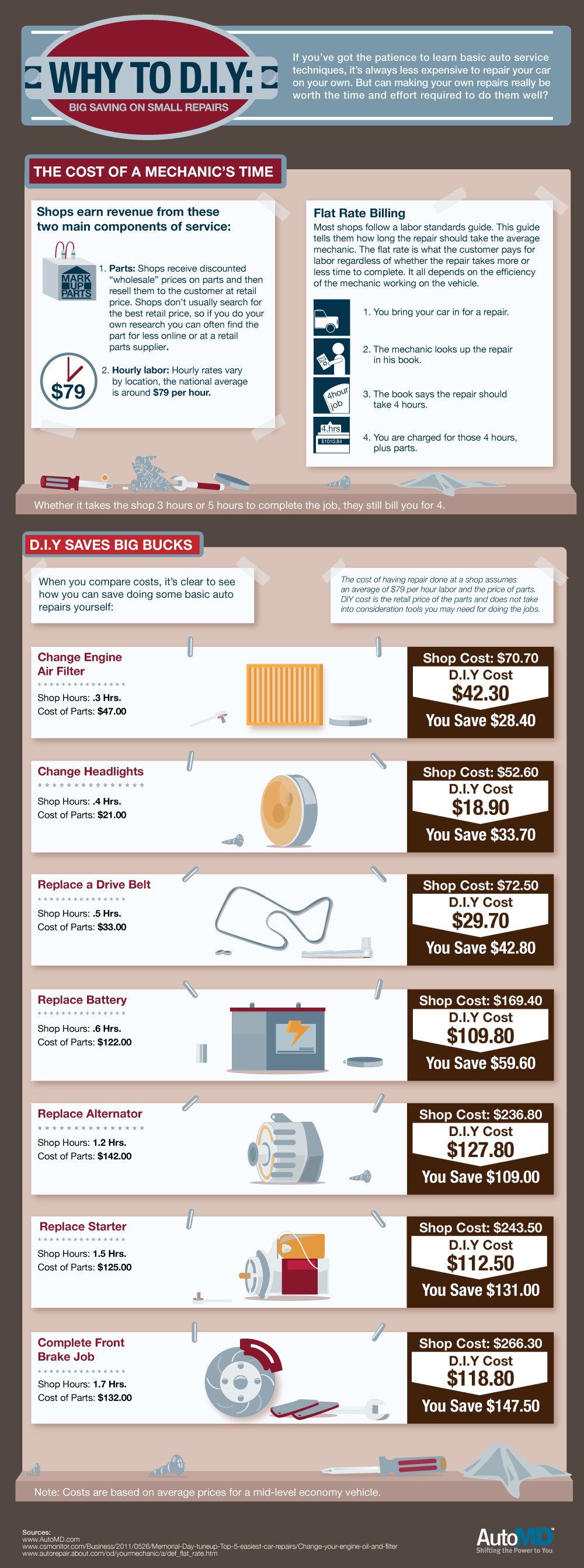Fascinated In Understanding The Caution Lights On Your Auto'S Control Panel? Discover Their Significance For Your Lorry'S Safety And Security And General Problem
Fascinated In Understanding The Caution Lights On Your Auto'S Control Panel? Discover Their Significance For Your Lorry'S Safety And Security And General Problem
Blog Article
tesla ceramic coating Created By-Lim Stark
When you're behind the wheel, those radiant warning lights on your dashboard can be a bit complicated. Do you know what they're trying to tell you concerning your cars and truck's wellness? Comprehending the importance of these lights is vital for your safety and the durability of your vehicle. So, the following time among those lights pops up, would not you intend to decode its message accurately and take the needed actions to address it?
Common Caution Lighting and Interpretations
Identify usual caution lights in your auto and understand their definitions to ensure safe driving.
One of the most normal caution lights consist of the check engine light, which signals concerns with the engine or emissions system. If this light comes on, it's vital to have your vehicle examined promptly.
The oil pressure advising light shows low oil stress, calling for immediate focus to stop engine damages.
A flashing battery light could recommend a damaged billing system, possibly leaving you stranded if not attended to.
The tire stress surveillance system (TPMS) light informs you to low tire stress, affecting car stability and fuel efficiency. Ignoring this could cause risky driving conditions.
The abdominal light shows an issue with the anti-lock braking system, compromising your capacity to quit promptly in emergencies.
Last but not least, the coolant temperature cautioning light warns of engine getting too hot, which can cause severe damage if not dealt with quickly.
Comprehending these typical caution lights will help you resolve problems promptly and preserve safe driving conditions.
Relevance of Prompt Interest
Comprehending the typical caution lights in your vehicle is only the first step; the relevance of promptly addressing these warnings can't be emphasized enough to ensure your safety on the road.
When a caution light illuminates on your control panel, it's your cars and truck's way of communicating a potential issue that needs attention. Ignoring these cautions can lead to extra extreme problems in the future, jeopardizing your safety and security and potentially costing you extra in repairs.
https://brake-line-fittings96173.anchor-blog.com/10235725/the-extraordinary-repair-of-an-overlooked-car-demonstrates-the-incredible-results-that-professional-describing-can-accomplish-it-s-an-experience-that-will-leave-you-in-awe to alerting lights can avoid failures and mishaps. For example, a blinking check engine light could show a misfire that, if left ignored, might trigger damage to the catalytic converter. Addressing this quickly can conserve you from an expensive fixing.
Likewise, a brake system warning light may signal low brake liquid or worn brake pads, important components for your security when driving.
DIY Troubleshooting Tips
If you see a caution light on your control panel, there are a couple of DIY repairing suggestions you can try prior to looking for professional help.
The very first step is to consult your automobile's manual to recognize what the certain warning light shows. Sometimes the concern can be as easy as a loosened gas cap activating the check engine light. Tightening up the gas cap may fix the problem.
One more typical problem is a low battery, which can trigger different alerting lights. Inspecting the battery connections for corrosion and ensuring they're safe could deal with the issue.
If a warning light persists, you can attempt resetting it by separating the automobile's battery for a couple of mins and then reconnecting it. In addition, checking your car's liquid degrees, such as oil, coolant, and brake liquid, can aid repair advising lights connected to these systems.
Conclusion
Finally, comprehending your automobile's caution lights is crucial for maintaining your car running smoothly and securely. By quickly addressing these signals and understanding what they imply, you can stay clear of expensive fixings and potential break downs.
Keep in mind to consult your auto's manual for certain details on each alerting light and act appropriately to make sure a hassle-free driving experience.
Stay informed, remain secure when driving!
